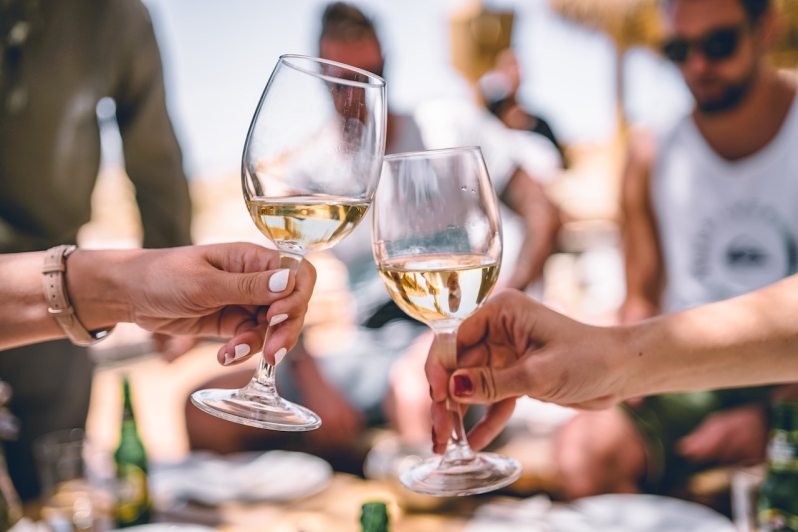First, the lower calorie movement came for your beer. Now, it’s after your wine. Producers are hopping on the wellness bandwagon, looking to produce wines with significantly less, calorically speaking.
It’s a trajectory that makes a lot of sense, frankly. Beer navigated it pretty well, embracing lighter options that still resembled beer. The Michelobs of the world may have popularized the trend, but other producers figured out how to turn out lower-calorie beers that still present as, well, beer.

Now, it’s wine’s turn, it seems. Numerous producers have released lower-calorie options. But what does that mean, and how on earth are they made?
How low-calorie wines are made
Simply put, it’s about making a more session-able wine. Much of the caloric content in wine comes from both the alcohol and the sugar. Now, most wine we enjoy is dry, meaning there is little to no residual sugar. That can mean lower calories, on the surface; however, if all that sugar has fermented into alcohol, there are calories to be had there too. The average glass of wine has about 14 grams of alcohol, at 7 calories per gram (yep the math says 98 calories per glass).
Now, there are sweet wines, which of course, have more caloric content, but they are less common. In this country, they tend to be special occasion pours, like atop the holiday table. But back to the question: How are they made? It’s all about finding that one-two punch of dry and low alcohol. The best way to do this is work with a cool-climate grape that does not have that much sugar to begin with. Pick it early, ferment it until it’s dry, and you’ll likely have something in the 9-11% ABV range with a lower caloric build.
What to shop for when looking for low-calorie wine
These days, you can find options at the supermarket. Given that it’s very much a trending topic, you’re likely to see wineries like Kendall Jackson, Kim Crawford, etc., advertising the “low cal” name on the label. And while those are perfectly fine to try, you may have better luck shopping for wines that simply want to be less alcoholic naturally (while dry) and therefore offer fewer calories.
Look for lighter fizz wines like Prosecco or Cava. Also, with still wines, there are plenty of lighter options, like Sauvignon Blanc, Pinot Grigio, Chardonnay (especially from cooler areas), Gamay Noir, Pinot Noir, and more.
Where it’s all headed
The biggest improvement we’re likely to see within the wine realm is in the sparkling category. It’s a little more complicated, as the process involves multiple fermentations and dosage, or adding more sugar (and calories) at the end. Look for wineries to harvest tech and really fine-tune their fizzy options. If Pet-Nat is any indication, we’re already very intrigued by lower-alcohol sparkling wines.
One workaround involves the Spanish tradition of enjoying vermouth. In places like Barcelona, dry vermouth is enjoyed with conservas and consumed all day. The driest versions are on par with lighter still wines in terms of calories, and it’s often cut with sparkling water to boot. This spritz-y vermouth is lower in calories (and alcohol) and great with food, something worth keeping in mind as you explore lower-calorie routes while still imbibing now and again.


